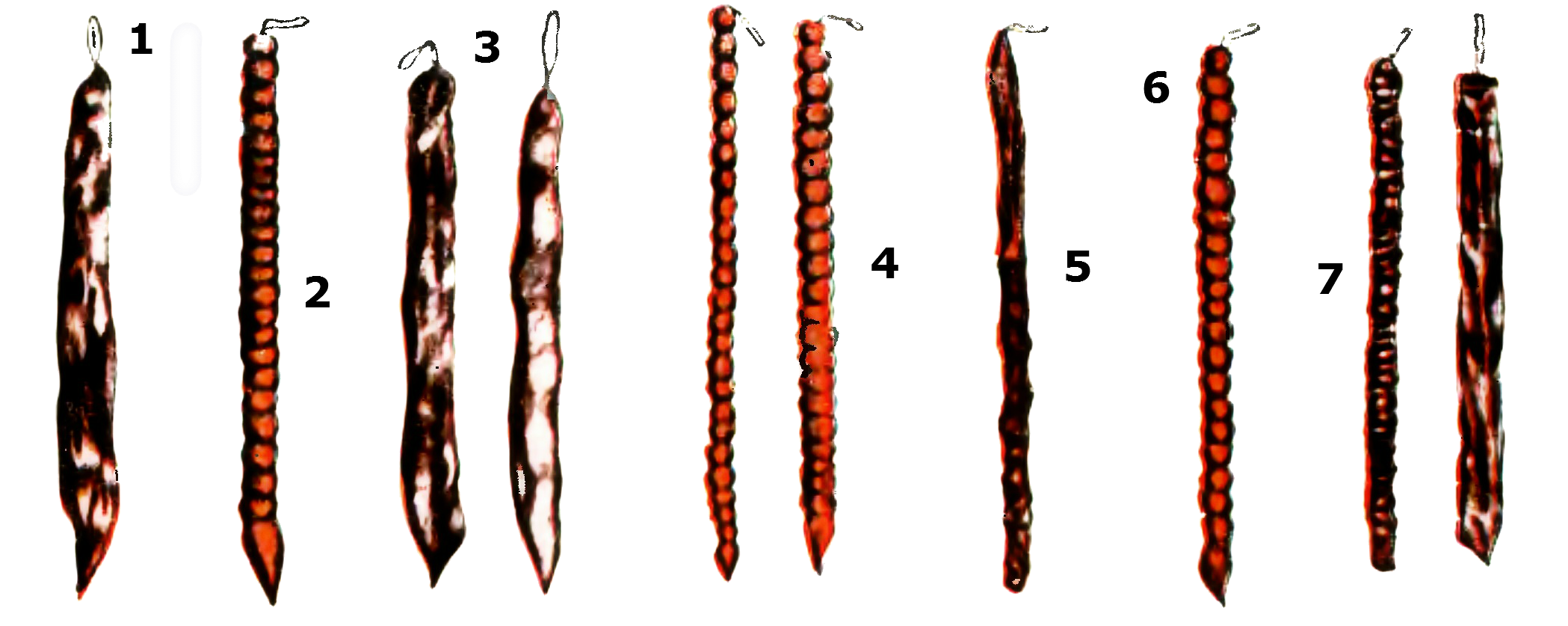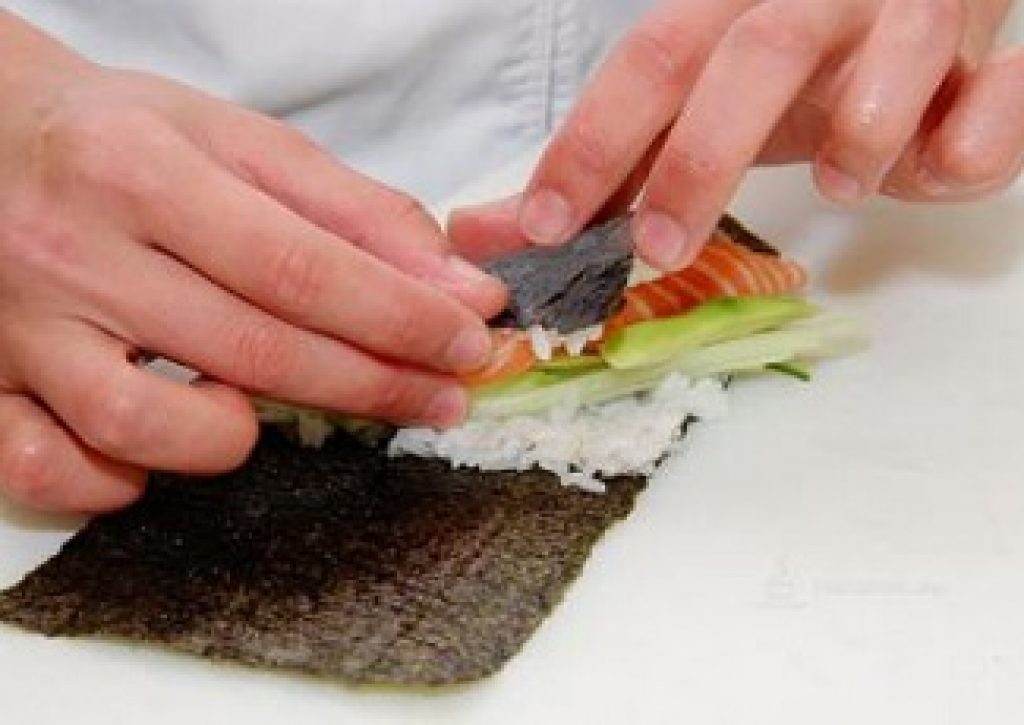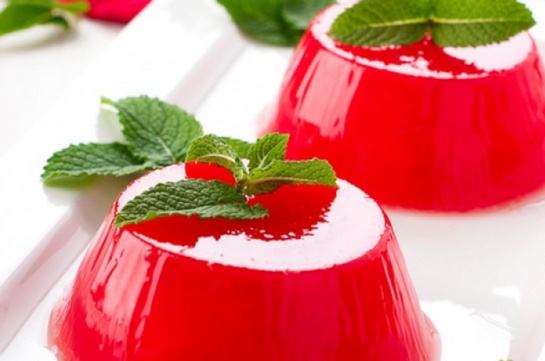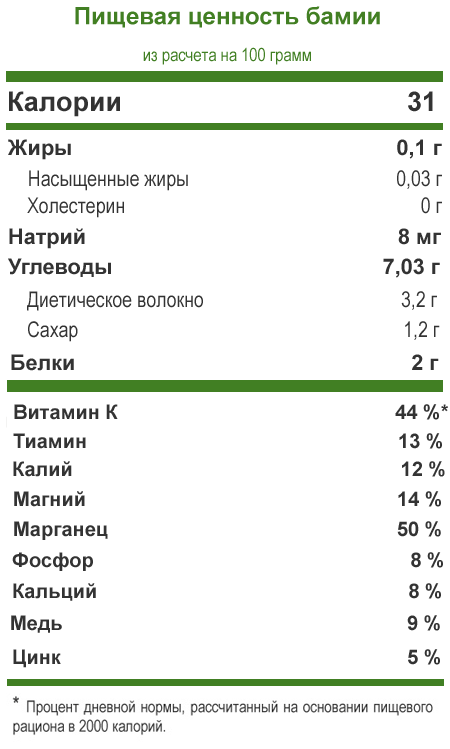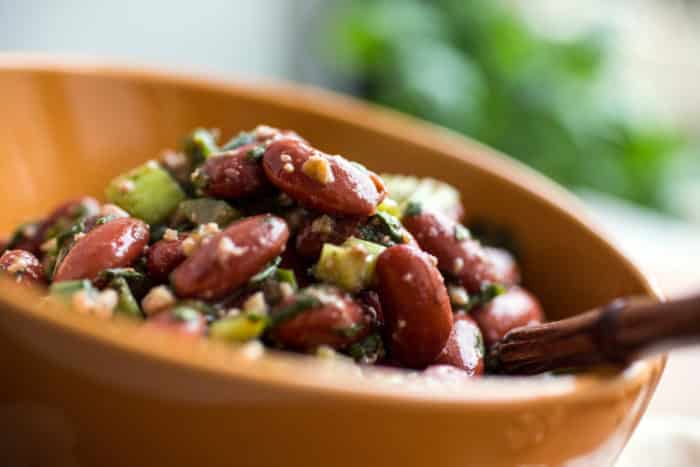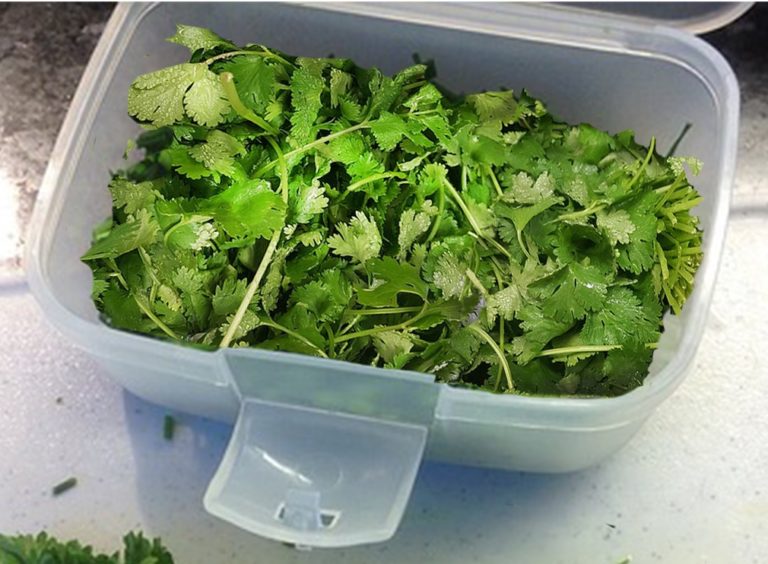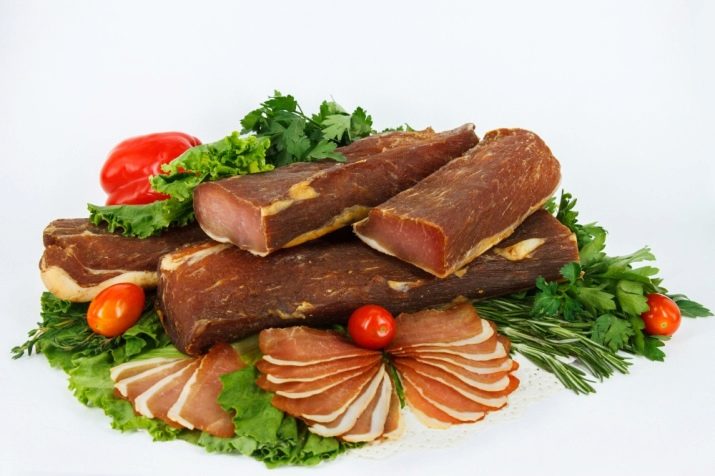What is the difference between sushi and rolls? The difference between sushi and rolls.
Gourmets all over the world have appreciated oriental dishes such as sushi and rolls. However, not all of them know how these two types of goodies differ from each other.
What is sushi
Rolls and Sushithey are ideal for people who practice a healthy diet or diet. Those who have tried this food know that it quickly saturates, and at the same time it is able to give real pleasure. Generally speaking, rolls and sushi are to some extent “relatives”, or more precisely, rolls represent a variety of sushi. Let's try to figure out how they differ from each other.
often often, especially few in this, knowledgeable people confuse sushi and rolls, taking them one after another. In order to feel the difference between these two dishes, you will need to understand the intricacies of their preparation. They cook according to a special technology, according to which small rectangles in the form of bricks are molded from boiled rice. After that, they put pieces of fish or other seafood on them. Sushi is a classic Japanese dish that was considered the main food for the poor of the Japanese population. At first, it became widely popular in North America, from where the land-based enthusiasm gradually passed to Europe, and later to Russia.
Sushi has several types
Handmade (nigirizushi), pressed (oshizushi), sushi with ingredients (inarizushi), loose sushi (tirashizushi), etc. Especially for children, they prepare nigiri, which is a block of rice, covered with seafood: crab meat, shrimp or Japanese omelette. If the design is unstable, it is bandaged with a thin ribbon of nuri (dried seaweed) or a stalk of green onion.
What are rolls?
Rolls or Makizushi -(twisted sushi) are considered one of the types of sushi. In order to cook them you will need a special bamboo mat. The pressed nori seaweed is placed on the mat. Then the algae is evenly covered with rice, and some other filling is placed on top of the rice. Then the mat is wrapped in the manner of sausages, which are not cut into small thin lobes. In some varieties, the algae roll is laid in and the rice out.
All kinds of products are allowed to be used as fillings in the roll, and sushi includes rice and seafood. In addition, certain types of rolls are served preheated, while sushi is exclusively cold.
Rolls are even more diverse than sushi. They are made thin and thick, closed and “inside out”, simple and complex. And fillers, which are popular outside of Japan, number in the hundreds. But at the same time, the original manufacturing technique does not change.
They are not very thick and contain one or two filling ingredients. Mostly used fish, vegetables. A typical combination of ingredients is salmon with avocado, eel with cucumber, shrimp with cucumber.
Japan is a small island nation that is known all over the world. It became famous for its great successes in the development of modern technologies, the wisdom of the ancient monks, an impressive culture and, of course, cuisine. The main dish associated with Japanese cuisine is sushi. This simple food captivated the hearts and stomachs of the inhabitants of many countries. Rolls are served in elite restaurants, cafes and even in fast food establishments. Previously, it would enjoy such exotic food, only wealthy people could, today everyone can order it or cook it on their own.
The very first sushi, or as the Japanese themselves call it - sushi, appeared back in the VIII century, but they were not as we know them. It was not even a dish, but a way to save fish. She was cleaned and laid in layers, sprinkled with salt and rice, the latter served as an antiseptic. Then they crushed with more and more stones and left in this state for a month. After a certain period, they were changed to a light cover and so left for a long time. Only in the 20th century sushi began to be made from raw fish and boiled rice. Since then, the main recipe has not changed.
Since sushi is a simple meal of the simplest and most affordable ingredients for the Japanese, it was originally food for the poor. But that all changed when people found out that the combination of fish and rice is very tasty.
In stores, ready-made kits for making sushi and rolls are sold, so it is not difficult to find fresh and suitable components for you. The main thing is to know the technology of the cooking process. There are a lot of lovers of sushi and rolls, but few of them know how they differ from each other. To determine their differences, you need to consider the cooking technology and highlight the features.
Composition
To make sushi and rolls you need glutinous rice, salt, sugar, soy vinegar, rice vinegar, fresh seafood and seaweed.
Sushi is a dish that is deeply rooted in Japanese cuisine and consists of a lump of compressed rice and fish that are placed on top of it. They are tied with a strip of seaweed and seasoned with wasabi sauce (spicy mustard sauce).
Rolls (from the English “Roll” - “roll; roll”) is a type of sushi where, using a bamboo mat - makisu - they make rice rolls with different fillings. They are twisted so that the nori leaf (pressed algae) is outside - nori-maki. But it can be wrapped so that the nori will be inside with the filling, and the rice will be on top, sprinkled with sesame seeds or flying fish caviar - these will be uro-maki. Modern dryers make different types of rolls, these are “color”, “mosaic”, “inside out” and many others.
For their preparation, fresh fish is used that has not undergone heat treatment. It can be salmon or tuna, as well - shrimp, octopus, smoked eel. But in addition to seafood, they also put vegetables, fruits, cheese and even meat. This is one of the main differences.
Cooking method
To make sushi, you need to take a spoonful of rice and form an oblong flat cake from it, put sauce on it and top seafood on top. The whole cooking process is done exclusively by hands, and it is very important that they are moist and rice does not stick to them. The main thing in cooking is to know the technology and choose the right ingredients.
To make a roll, you should try a little and take the time in order to master the skill of twisting these favorite rolls. After all, the appearance of the roll will depend on how correctly and tightly the roll is wrapped. And so, rice and filling are evenly spread on a nori sheet with a thin ball, tightly wrapped using a bamboo mat. It is impossible to prepare a roll without it, since it is very important to tightly wrap it so that it does not fall apart and keeps its shape well.
The process of preparing these dishes is not complicated, the main thing is to master the technique of work and choose the right ingredients. In Japan, only rolls are entrusted to women, and only men prepare sushi. They believe that this is a creative and painstaking process that needs to be studied for several years.
Feed way
Both sushi and rolls are usually served together with ginger and wasabi, which destroys bacteria. Pickled ginger is advised to eat before consuming a new type of sushi, as it cleanses taste buds. Also, soy sauce is placed on the table, which dilutes the taste. Sushi should be lowered into it on the side where the fish is, and not for a long time to be kept in it, so that rice does not get wet. 
The finished roll for rolls is cut into rings of 2-3 cm, and such a piece can be from 6 to 12. They should not be too large, since it is supposed to eat the whole piece at a time.
Sushi is always served chilled, but some types of rolls can be served warm, for example, yama-maki, that is, baked dishes.
They use sushi and rolls with chopsticks, and some types of the latter (temakizushi) are eaten with the fingers. Nigiri sushi is also eaten by hand, because they are weakly compressed, and from the sticks can fall apart. Scattered sushi (chirashi-sushi) is taken with chopsticks, but it is also possible with a fork, if allowed in the institution.
The form
The main distinguishing feature of these two dishes is their shape. Traditional sushi is oblong oval flat cakes, and the name of the rolls speaks for itself - these are twisted so-called rolls.
Japanese cuisine is very diverse, but it was sushi and rolls that became the most consumed and widespread, and their taste is a separate matter for each person. Some scientists believe that eating these dishes is even beneficial, as they contain iodine, which blocks the development of cancer cells in smokers. Also, sushi and rolls are completely safe for those who follow their figure, they can not get better.
The variety of sushi and rolls is so great that everyone who wants to try them will definitely choose the best one for themselves. This exotic dish is not only delicious, it also has many beneficial properties for the human body. Therefore, this is a good opportunity to enjoy an unusual taste with health benefits.
 What is the difference between sushi and rolls, what is the difference? The subtleties of oriental cuisine, an integral part of which are sushi and rolls so beloved by Europeans, are not as easy to comprehend as they seem.
What is the difference between sushi and rolls, what is the difference? The subtleties of oriental cuisine, an integral part of which are sushi and rolls so beloved by Europeans, are not as easy to comprehend as they seem.
Everything in it matters - form, content, serving, and cooking technique.
It would seem that the same ingredients - rice and fish, but the Japanese ask sushi and rolls not to be confused, because they are different dishes. What is the key difference between these delicacies? Let's try to figure it out.
Conquering the world
Today, eastern culture is one of the most fashionable trends among the European population.
Many people seek to equip their homes in the style of Japanese minimalism, the owners of private areas enthusiastically erect stone gardens in front of the mansions, plant sakura, and modern philosophers enjoy the wisdom of hoku.
No less popular are Japanese dishes, and especially. By their number, restaurants specializing in the preparation of such delights have left far behind the establishment of Caucasian, European, and even French, cuisine.
But not many people know that sushi was originally food for the poorest representatives of the Japanese people - rice and fish in this country have always been plenty. 
Sushi preparation technology also underpinned the harvesting of fish, which was simply “canned” in rice. As needed, the fish removed the rice and just threw it away.
This much later, one of the Japanese cooks suggested trying fish with cereals and, imagine, everyone liked it.
Today sushi is prepared and served both in the most expensive restaurants and fast food eateries. To create elementary sushi and rolls, you do not need a variety of products, the main thing is that they are exclusively fresh.
True, rolls in this regard are more profitable, since they can be cooked with almost anything, but you won’t be able to experiment with sushi: only rice and only fish, unless, of course, we are talking about the traditional Japanese version.
So what is the difference between sushi and rolls?
Sushi is considered to be higher than rolls in the culinary hierarchy, and the latter is only one of their varieties.
Classic sushi (as the Japanese themselves say) is just a small rice cake, decorated with a slice of a delicious fish - according to the canons of raw, but in our latitudes it is increasingly salted or smoked.
Rolls are rolls of rice and special seaweed - nori, with a variety of fillingsamong which seafood prevails.
In addition to fish, shrimp, and other representatives of marine life, fresh cucumbers, avocados, soft cream cheese, and other toppings are put in rolls (at least in some countries).
The cooking technique of these two dishes is also different. To twist the rolls you need to get a special rug made of bamboo sticks, and for sushi you only need the dexterous hands of the chef.
The main differences between sushi and rolls
1. Sushi is a small, pressed rice cake with a slice of fish on top, and rolls are rolls of dense rice and nori.
2. Sushi does not differ in variability, only the type of fish can change in them. Rolls can be prepared with many flavors, even vegetarian or meat.
3. Sushi is characterized by the location of a piece of fish exactly at the top of a rice serving; in rolls, the fish is hidden inside the roll.
4. To prepare the rolls, you need a special bamboo mat, with which rice is compacted and twisted.
5. Nori seaweed is not placed in sushi; this product of Japanese cuisine can be present in sushi only occasionally in the form of a small, shingles tortilla and fish, ribbons.
In rolls, on the contrary, there is always a nori. A sheet of algae can be located either on top of the rice layer - these are nori-maki rolls, or inside it - these will be uro-maki rolls.
Pickled ginger and, of course, soy sauce are offered for rolls.. Soy sauce saturates fresh rice with an excellent taste, makes it juicy and piquant.
7. In large restaurants, sets are often formed from rolls with different fillings - sets, which include several pieces of each type, so that visitors can immediately try the bulk of the roll assortment.
It happens that the set consists of rolls and sushi, such a presentation will visually verify the difference between one dish from another.
Despite the enormous popularity of these Japanese sushi and rolls, it is recommended to feast on them only in places checked by time and people, since the number of poisonings by these dishes remains stably high.
Cheap offers should not attract, but rather scare away, because for their preparation low-quality fish and additions to it will most likely be used.
Do not forget that sushi and rolls are not food for children whose stomachs are not suitable for digesting dry rice, raw or salted fish, not to mention wasabi and soy sauce.
Rolls or rolls (makushi or sushi rolls) - This is one of the most popular varieties of Japanese national sushi. Rolls or makizushi are rice rolls, as well as fillings, which are wrapped in dried sheets of nori seaweed.
Rolls are common not only in Japan, but also in other Asian states. For example, in Korea there is not a single distinctive variety of rolls called kimbap. For the preparation of rolls use a specialized culinary mat makisu, which is made of bamboo. On the mat there is a sheet of nori seaweed, which has a convenient rectangular shape.
On top of the nori spread rice, cooled to room temperature and seasoned with a special sauce, which includes rice vinegar, sake, salt and sugar. The filling is placed on rice, and then roll the roll using makisu. The roll obtained in this way is usually placed in six equal parts and served to the table, accompanied by soy sauce, as well as pickled ginger and wasabi.
It is worth noting that the rolls can differ not only in the type of filling used, but also in the form or method of preparation. Rice can be placed inside a sheet of nori, so it is located outside it. Various ingredients, such as fish, vegetables, seafood, cheese, chicken eggs, and even meat and sausage, can be used as fillings.
There are a fairly large number of types of rolls, among which the following most popular can be distinguished:
- classic Japanese rolls, which are prepared according to a traditional recipe from fish fillet, rice and seaweed;
- branded rolls, for example California, Unagi or Philadelphia - these are dishes prepared according to the signature recipe of a chef;
- baked rolls differ in other types of cooking process, in which there is a stage of baking a dish until cooked;
- Tempura rolls - this dish also differs by the presence in the cooking process of heat treatment, namely deep-frying.
As mentioned earlier, many restaurants currently offer signature roll recipes. California's famous rolls are made from rice, which is stuffed with avocado and crab meat. The surface of California rolls must be sprinkled with flying fish caviar or Tobiko. The composition of the Philadelphia roll includes rice, green onions, cream cheese of the same name, fresh cucumber, caviar, mayonnaise.
Salmon fillet or shrimp meat are wrapped on top of the roll. To prepare Unagi rolls, rice rolls are small in diameter and wrapped on the outside of nori seaweed. Most often, eel is used as the filling for Unagi.
If you like the information, please click
A few years ago, rolls and sushi were a curiosity, and they could only be eaten in some country in Southeast Asia, most often in Japan or Korea. Or in a restaurant specializing in Asian dishes. Now rolls or sushi can not only be ordered in a cafe, but also cooked at home.
But many people still don’t understand how sushi and rolls differ.
In fact, everything is very simple and understandable.
Sushi is a national dish of Japanese cuisine. Its main and almost unique components are rice and fish. Well, or other seafood: squid, oysters, caviar.
Make sushi at home - a couple of trifles. The main thing is to know how to cook rice properly and soak it with vinegar, so that the rice does not crumble when squeezed in the hand, but gathers in a lump. After all, sushi is something like a pie or a high cutlet, which is made from rice cooked in a special way. And then they put fish on this cake.
In Japan, they use almost raw fish. And in order to kill pathogens and helminths, sushi is flavored with hot sauce - most often wasabi.
Of course, in European countries they try not to eat raw fish, since the European’s stomach is not suitable for such a delicacy. Therefore, such fish is replaced with salted or smoked, as well as other seafood. Sometimes rice and fish are fastened together by a ribbon of seaweed.
 But what about the rolls? What is this dish?
But what about the rolls? What is this dish?
Rolls differ from land, first of all, in appearance. Rolls are much richer in composition. They also have the main place in rice and fish. But they still add a lot of goodies. It all depends on the imagination of the cook and the desires of the eater. It can be various vegetables: cucumbers, carrots, bell peppers. Also, cheese, eggs, meat, various greens are added to the rolls.
All ingredients are laid out on a sheet of pressed seaweed (nori) in the following order: rice, fish boiled in a special way, and other products. Then they wrap in the form of a tight narrow roll. Hence the name of the dish. By the way, this algae leaf does not have any pronounced taste, but in combination with other products, it gives the spicy and pleasant taste to the rolls.
So that the roll does not fall apart, when wrapping it, use a bamboo mat - makisa. Although many hostesses completely dispense with this device, replacing the mat with an ordinary plastic film.
Then a tight roll is cut with a sharp knife across several parts, trying to make them narrower. After all, the narrower the rolls, the easier it is to eat. Serve rolls on a plate, separately serving soy sauce or wasabi sauce.
And now the most interesting. Despite such a difference between rolls and sushi, it turns out that the former are a variation of the latter. Moreover, rolls are not the only option for sushi.
The name of other sushi for people far from Japanese cuisine is very difficult to remember. For example, nigirizushi is the usual sushi that everyone is used to seeing. Gunkan-maki - sushi made from rice and fish in the shape of a ship. There are pressed sushi - oshizushi, in which the filling is compressed into a rectangle under the press, and then cut into portions. And makizushi is sushi rolls. These are the rolls in the version in which everyone is used to seeing them and is.
So it turns out that sushi is not always rolls, but rolls are sushi.
But along with this, one thing in common can be noticed. Both of them are made with the addition of rice with a large amount of gluten, which is cooked in the same way. In both dishes fish is used, preferably expensive (and raw in Japan). In rolls and sushi, the required ingredients are vinegar, sugar, salt, soy sauce, as well as wasabi sauce, which is served with a ready-made dish.
And in order not to get confused, you need to summarize, in which to determine how sushi differs from rolls?
- Classic sushi is made only from rice and fish (seafood). Vegetables, cheese, various other products and even fruits are added to the rolls for taste.
- Sushi is made in the form of cutlets, meatballs, bars, without turning them into a roll. Rolls are rolls wrapped in a nori leaf. Sometimes the rolls are turned inside out, that is, the main filling inside is wrapped in a sheet of nori, and that, in turn, is covered with boiled rice.
- In sushi, fish is placed on top of rice meatballs, and in rolls, fish and rice are hidden inside a roll wrapped in a nori leaf. Moreover, the amount of rice in sushi and rolls is different. There is a lot of rice in sushi, and in the rolls the main place is filled with fish and other products.
- Each sushi is made individually, that is, in portions. Rolls are first rolled up, which is then cut into portions.
- Sushi is served cold, and some gourmets rolls are heated.
So it turns out that when people in a restaurant order sushi, you can bring them classic sushi with rolls on a plate. And they will be right.


